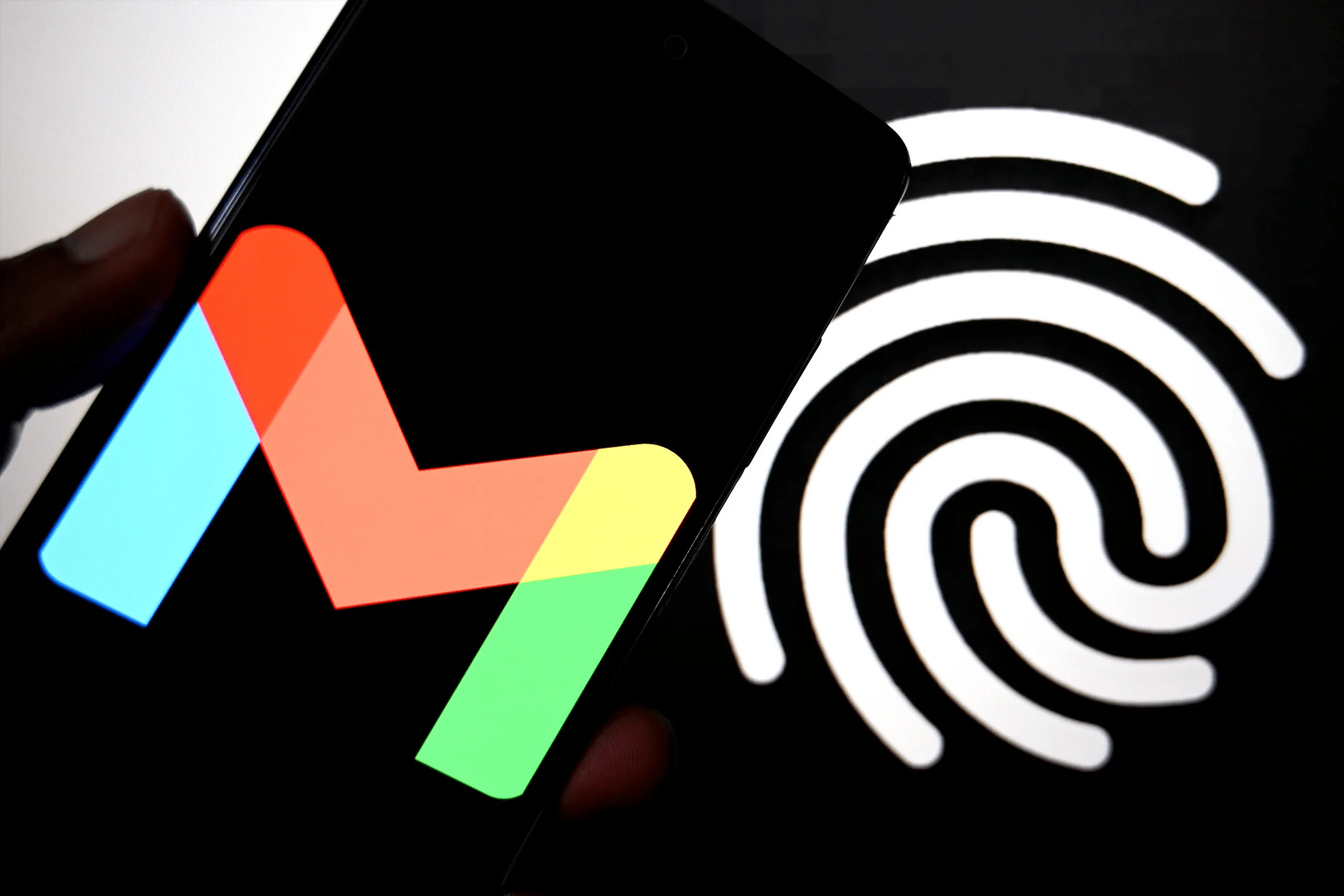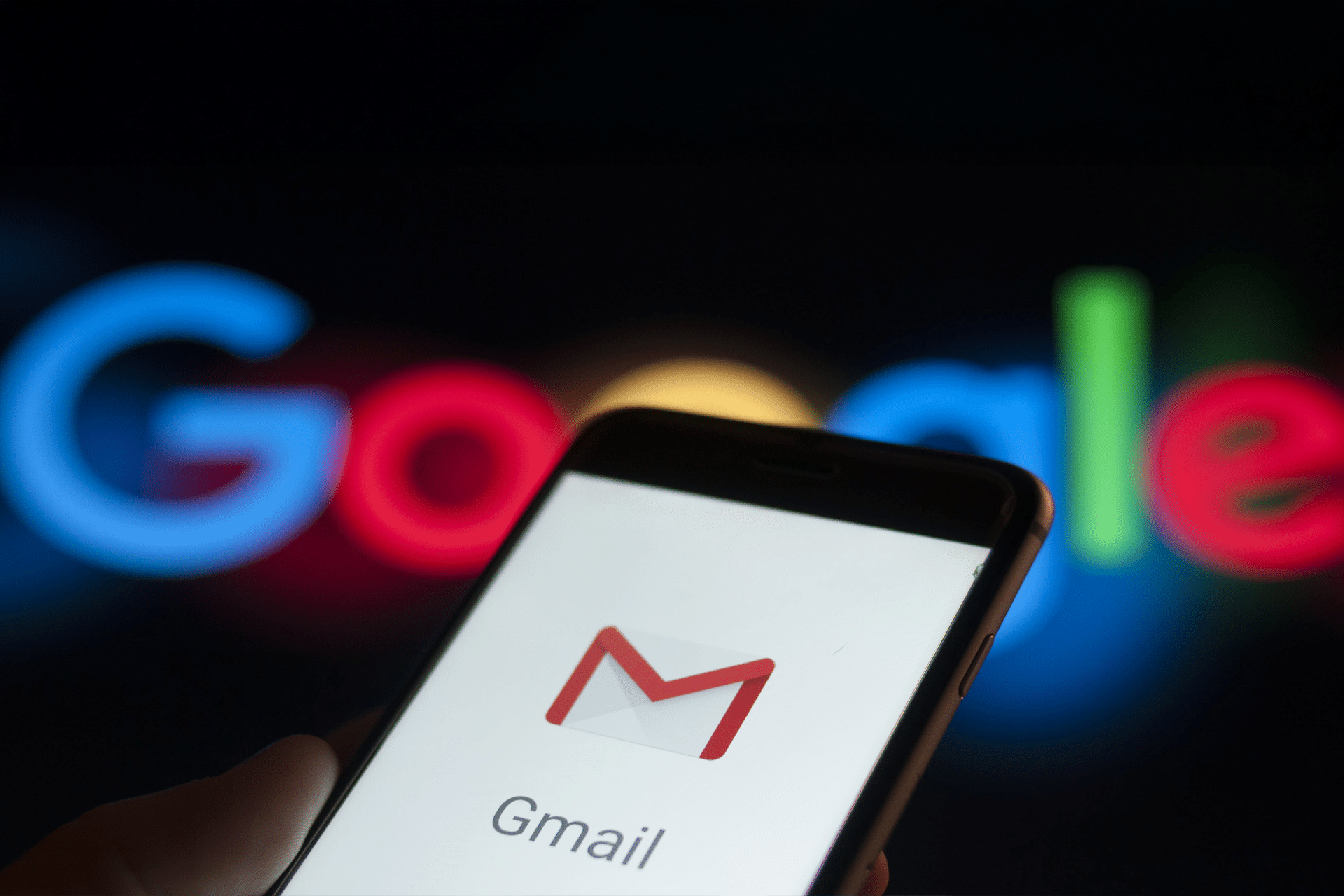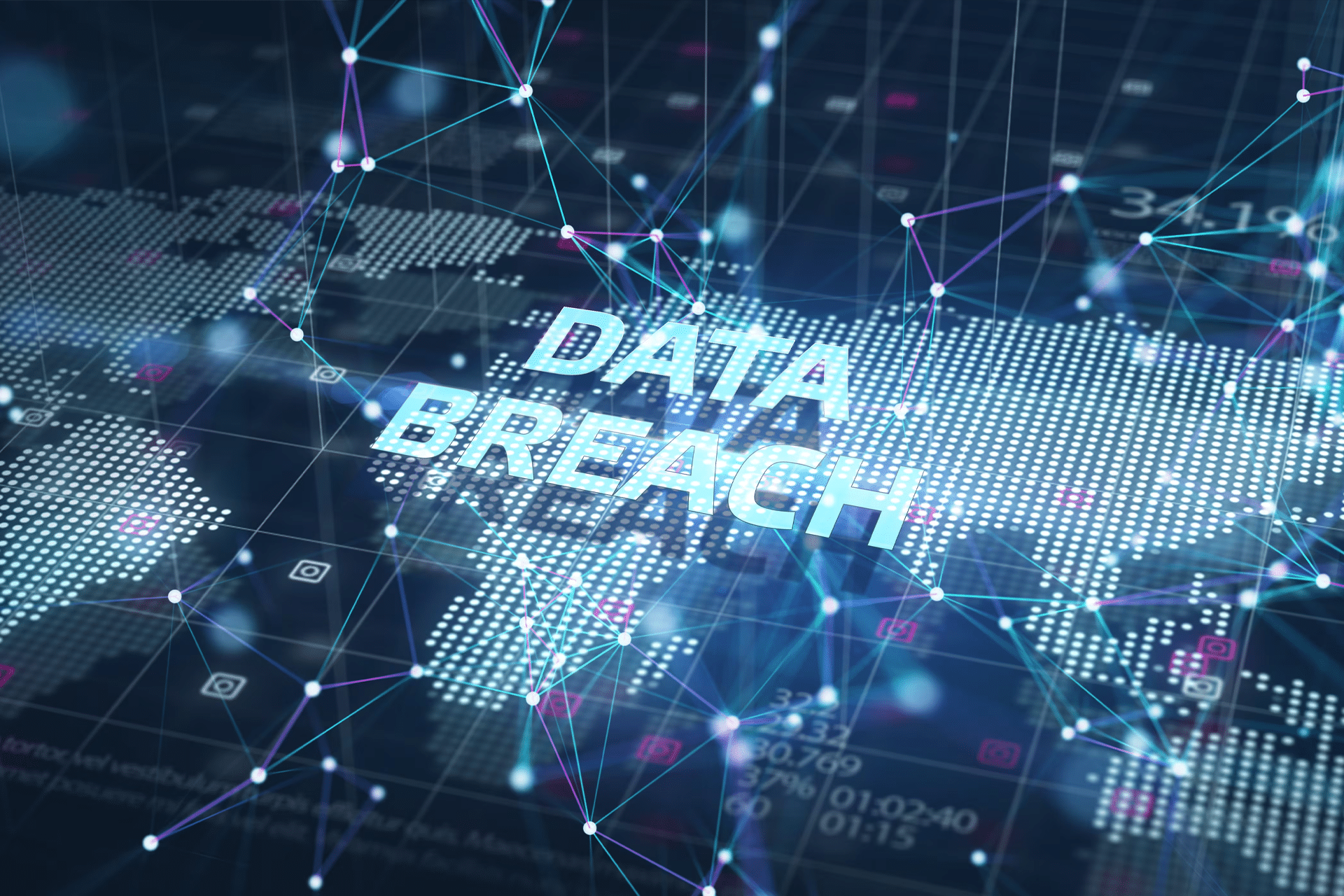Millions of Gmail users around the world have been affected by a large-scale data breach that reportedly exposed login credentials, personal data, and associated account information, according to early security reports shared over the weekend. The incident marks one of the most severe email-related breaches in Google’s history, reigniting global concerns about password reuse, phishing attacks, and growing cybercrime targeting major cloud-based services.
Initial findings suggest that the breach may have stemmed from a coordinated cyberattack against third-party platforms connected to Google accounts rather than a direct compromise of Google’s internal systems. However, a significant amount of Gmail login data — including passwords, recovery emails, and session tokens — has been found circulating on dark web forums, affecting users across North America, Europe, and Asia.
Cybersecurity experts warn that the leaked information could be used for large-scale credential stuffing attacks, where hackers attempt to access other services using reused Gmail credentials. Google has not confirmed the total number of affected accounts, but early analysis indicates that tens of millions of entries are involved, making this one of the most extensive credential leaks tied to the platform.

Google’s Response and Security Actions
In a statement, Google said it is aware of the incident and is taking “immediate action to protect users,” including automatically resetting passwords for affected accounts and enhancing login verification processes. The company emphasized that its internal systems remain secure and that the leak likely originated from external sources — compromised apps, phishing scams, or password reuse across multiple platforms.
“Our security teams have identified and are addressing the exposure of third-party credentials associated with Gmail logins,” a Google spokesperson said. “We have no evidence that Google’s systems were directly breached.”
Google’s incident response includes stepped-up account monitoring, targeted alerts for suspicious sign-ins, and prompts urging users to enable two-factor authentication (2FA) if not already active. The company also recommends checking the Google Security Checkup dashboard to review active sessions and remove any unfamiliar devices.
How the Breach Happened
While investigations are still underway, cybersecurity analysts suggest the attackers may have obtained the credentials through a combination of phishing campaigns and third-party app vulnerabilities. Many of the leaked records reportedly contain reused or outdated passwords, indicating that the data may have been aggregated from multiple previous breaches.
Experts also point to the increasing sophistication of phishing emails that mimic Google’s own account verification notices, tricking users into entering credentials on fake sign-in pages. Once harvested, these details can be sold in bulk on underground marketplaces or used in targeted attacks.
The breach’s scale underscores the continuing risk posed by weak authentication practices, even among users of major cloud services. It also highlights how interconnected app ecosystems — where Gmail serves as the primary login for countless platforms — create cascading vulnerabilities when even one link is compromised.
Impact on Users and Businesses
The fallout from the breach extends beyond individual accounts. Many businesses rely on Gmail and Google Workspace as primary communication and authentication tools, meaning compromised credentials could expose sensitive corporate data. Security firms are advising organizations to conduct immediate audits of all Google-linked accounts, enforce password resets, and review access policies for external apps.
For consumers, cybersecurity professionals recommend assuming that any reused password is compromised. Users should immediately update their Gmail passwords and those on any services where the same credentials were used. Enabling two-factor authentication remains the most effective defense against unauthorized access, as stolen passwords alone cannot bypass 2FA-protected accounts.
Experts further advise users to be alert for follow-up phishing attempts. Cybercriminals often exploit public awareness of a breach by sending fake “account recovery” emails that prompt victims to click malicious links or download attachments.

Broader Implications for Cloud Security
The Gmail breach comes at a time when cybersecurity concerns across major cloud platforms are already high. Earlier this year, multiple service providers reported incidents involving stolen authentication tokens and compromised developer tools. The increasing frequency of such breaches has led regulators to push for stricter disclosure requirements and faster response timelines for affected companies.
Google, which handles more than 1.8 billion Gmail accounts globally, faces heightened scrutiny over its data security practices and the resilience of its authentication infrastructure. The company has been investing in advanced AI-driven threat detection, designed to identify anomalies in sign-in behavior and prevent real-time credential misuse.
Despite these measures, the persistence of human error — weak passwords, phishing susceptibility, and cross-service reuse — continues to present the greatest challenge. As AI-enhanced attacks grow more convincing, experts say even strong technical defenses may be undermined without ongoing user education and layered protection mechanisms.
A Wake-Up Call for the Industry
The breach serves as a stark reminder that no system is entirely immune from exposure, particularly in an interconnected digital landscape where one compromised database can ripple through multiple platforms. It also underscores the urgent need for widespread adoption of passwordless authentication methods, such as passkeys, which Google has been gradually rolling out since 2023.
Security researchers believe that while Google’s infrastructure remains largely uncompromised, the sheer volume of leaked Gmail credentials highlights how much of users’ personal security depends on third-party vigilance — and user habits.
For now, Google continues to investigate the incident, work with cybersecurity partners to trace the source of the leak, and warn affected users directly. In the coming weeks, the company is expected to publish a detailed report outlining technical findings and additional safeguards.
As digital life grows increasingly consolidated under single sign-on systems, the Gmail breach reinforces an uncomfortable truth: the convenience of centralized access also magnifies risk — and vigilance must evolve just as rapidly as the systems that connect us.

CNBC







